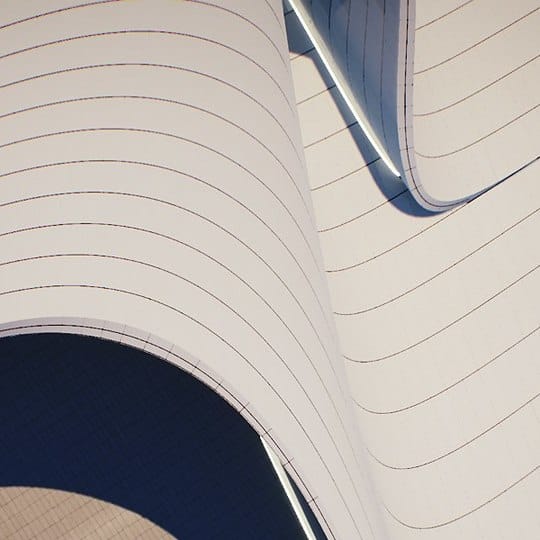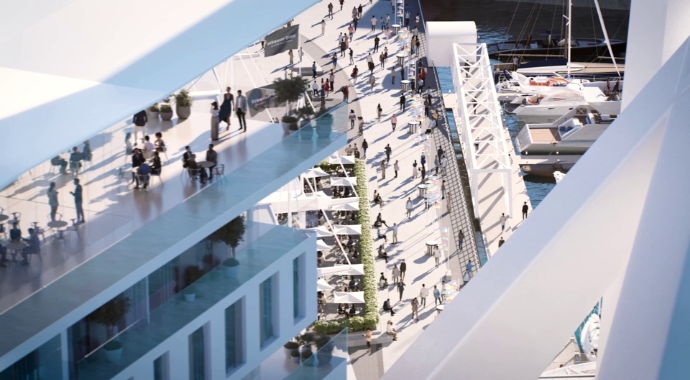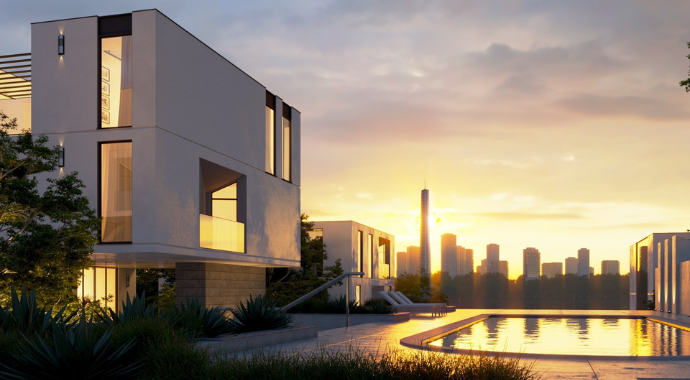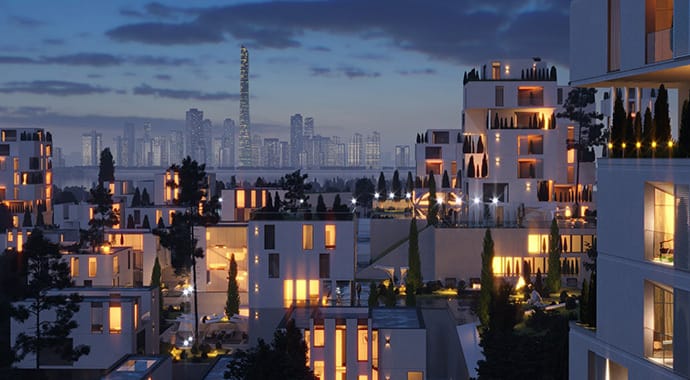V-Ray is a fundamental part of the renowned architecture studio, Zaha Hadid Architects. Jose Pareja Gomez and Marko Margeta discuss the tech behind the design.
Zaha Hadid Architects has established itself as one of the hardest-working studios on the planet — and it doesn’t show any signs of stopping. Its distinctive architecture follows the curvaceous visual language set out by its late founder, and the company has branched out into design, fashion and jewelry.
Technology has always played a big part in the way the company designs, and Zaha Hadid herself was a trendsetter when it came to using computers for architecture in the mid-90s. Today, under the leadership of Principal Patrik Schumacher, the company makes use of parametric design software such as Grasshopper, virtual reality headsets — and V-Ray.
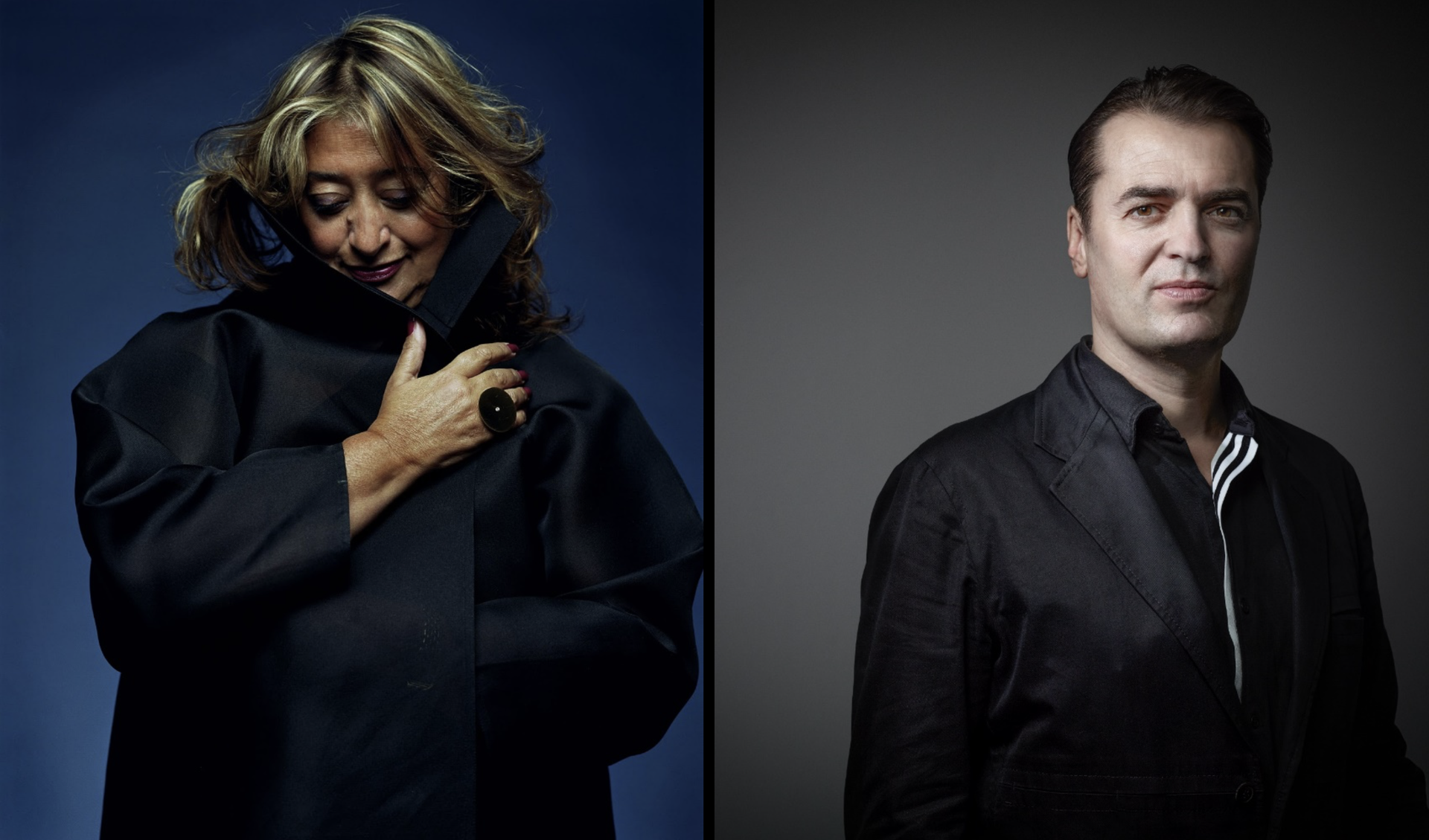
In CG Garage Episode #126, Patrik explained to Chris that the practice has always had a fundamentally different approach to technology in the workplace. “During my podcast with Patrik, one of the most interesting things he said — which is counter to what every other architect has ever said — is that he believes that you should go right to photorealism in your design process,” Chris recalls. “A lot of architects don’t like to make them look too real because they don't want people to think that it is a ‘done’ design. But his argument was they should see how it really looks from the beginning and not pretend that it's not there in some way. And that’s a very interesting philosophy.”
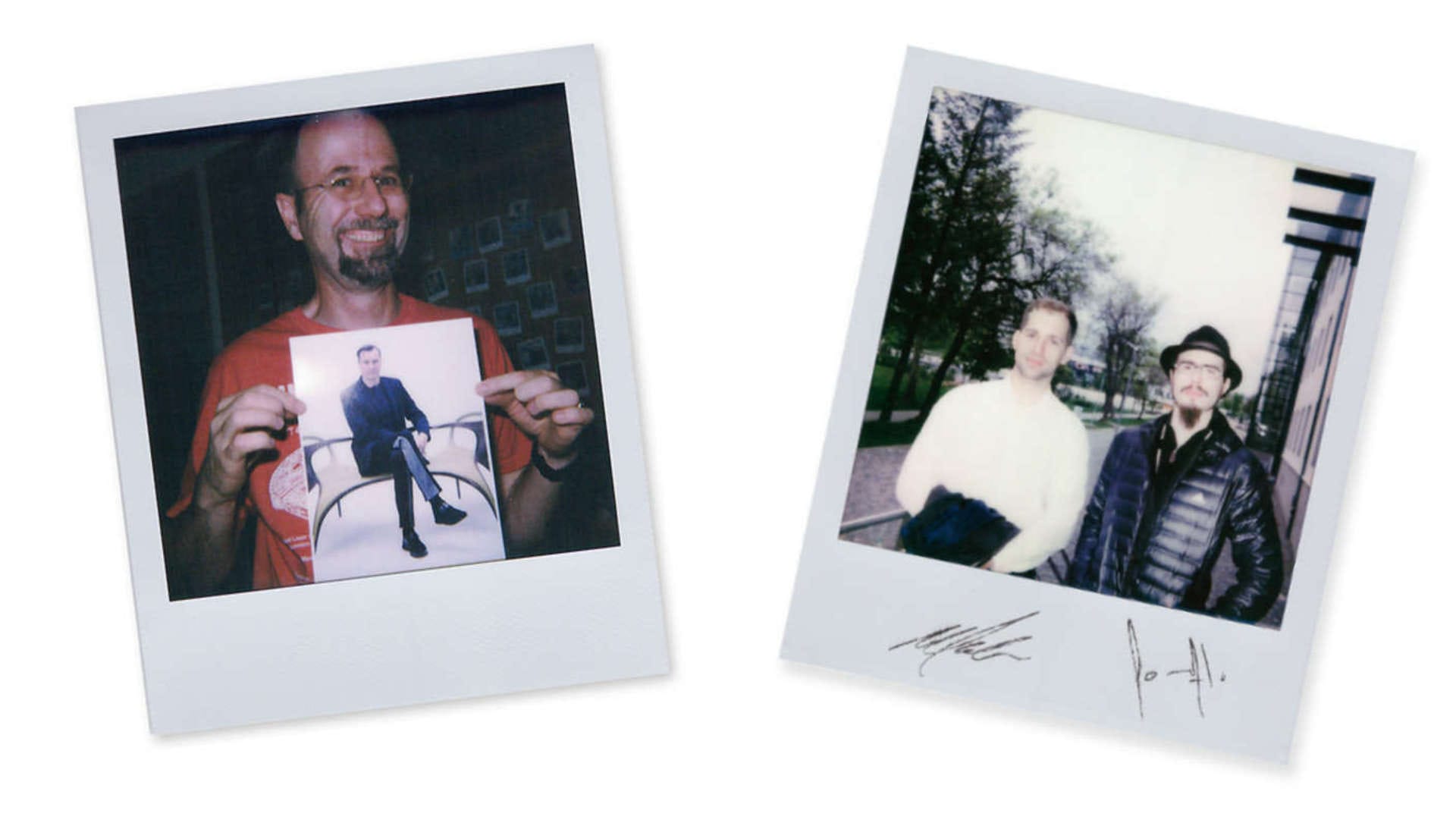
We invited the company’s Lead Designer/VR Developer, Jose Pareja Gomez, and Designer, Marko Margeta to Total Chaos in Bulgaria earlier this year, where they also recorded a CG Garage podcast with host Chris Nichols. Listen now:
Plus, read on for our recapped highlights from Chris’ discussion with Jose and Marko.
Software architecture at ZHA
Today, the company’s workflow consists of Maya, then Rhino with Grasshopper, according to Marko. 3ds Max is used occasionally for renders, while Autocad, Revit and Catia help with the more pragmatic aspects of construction planning. For architectural rendering, Zaha Hadid mainly uses V-Ray for Maya, Rhino and 3ds Max.
As with most architecture-based studios, Zaha Hadid Architects has embraced virtual reality to the extent that it has even set up its own dedicated Virtual Reality Group. “There are things that you can do in VR that you just can't do in the physical world,” explained Jose. “For example, being able to scale the building down and scale the building up, and toggle between these scales. It helps you bypass that process of having to make a physical model so you can be sure of all the different dimensions of your building.”
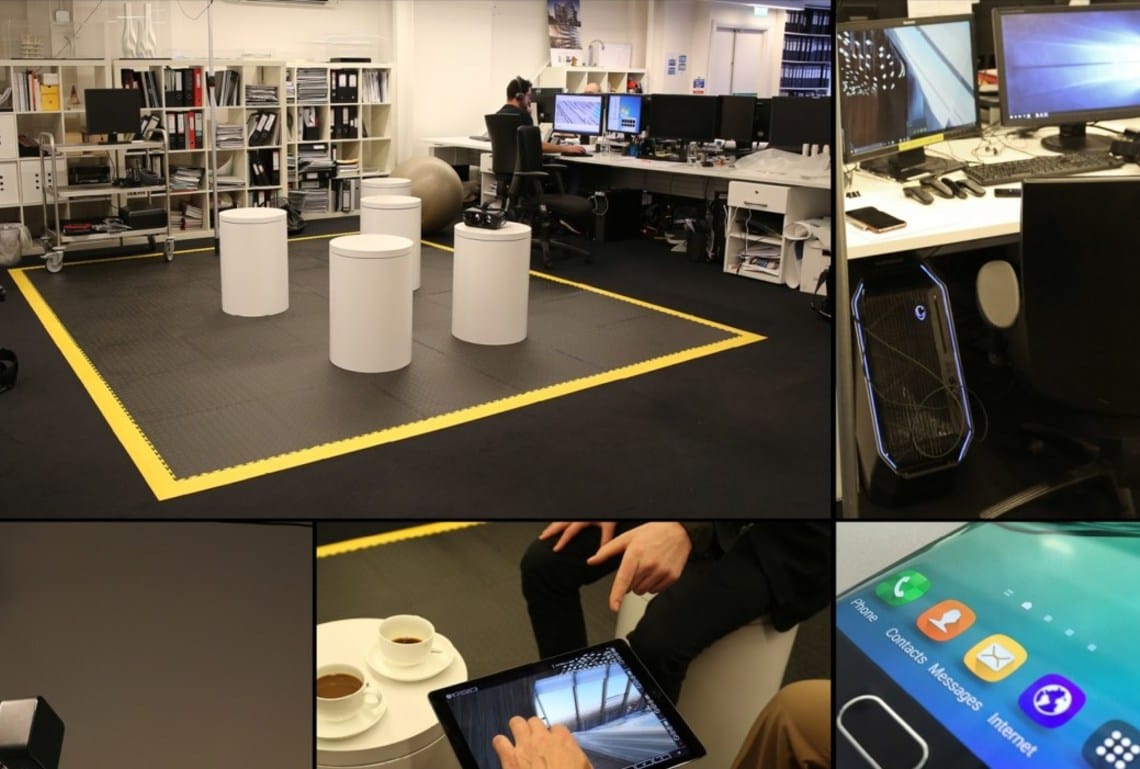
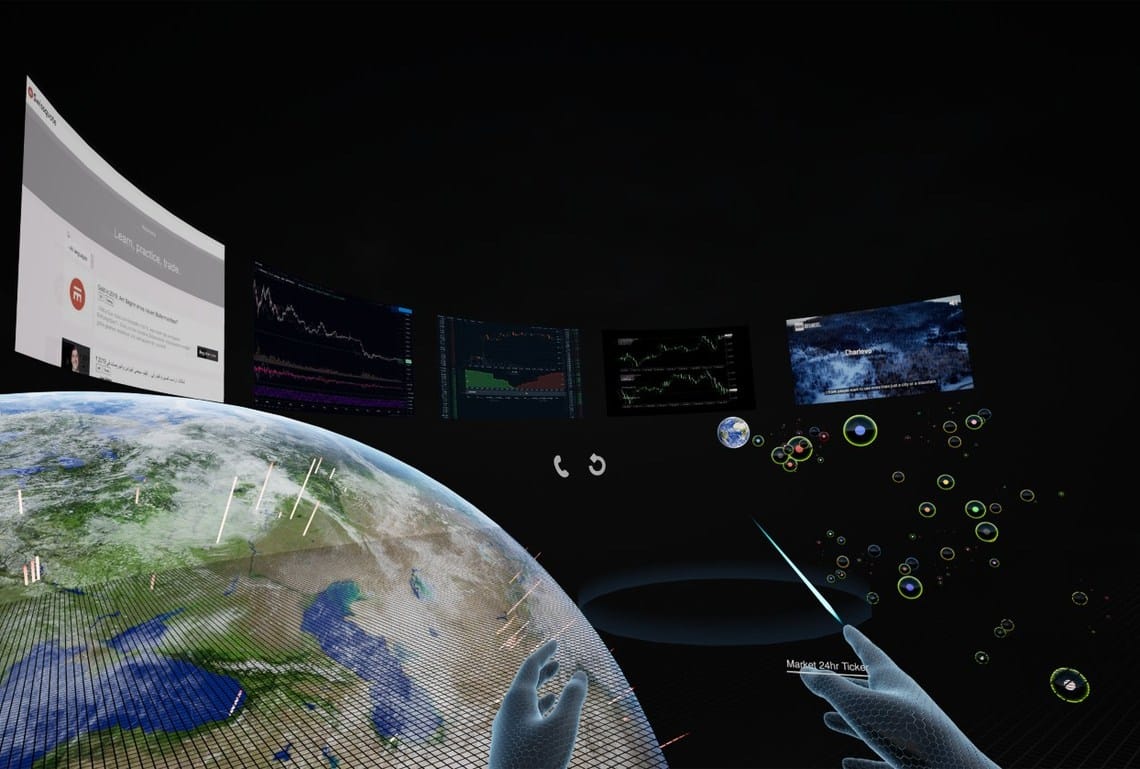
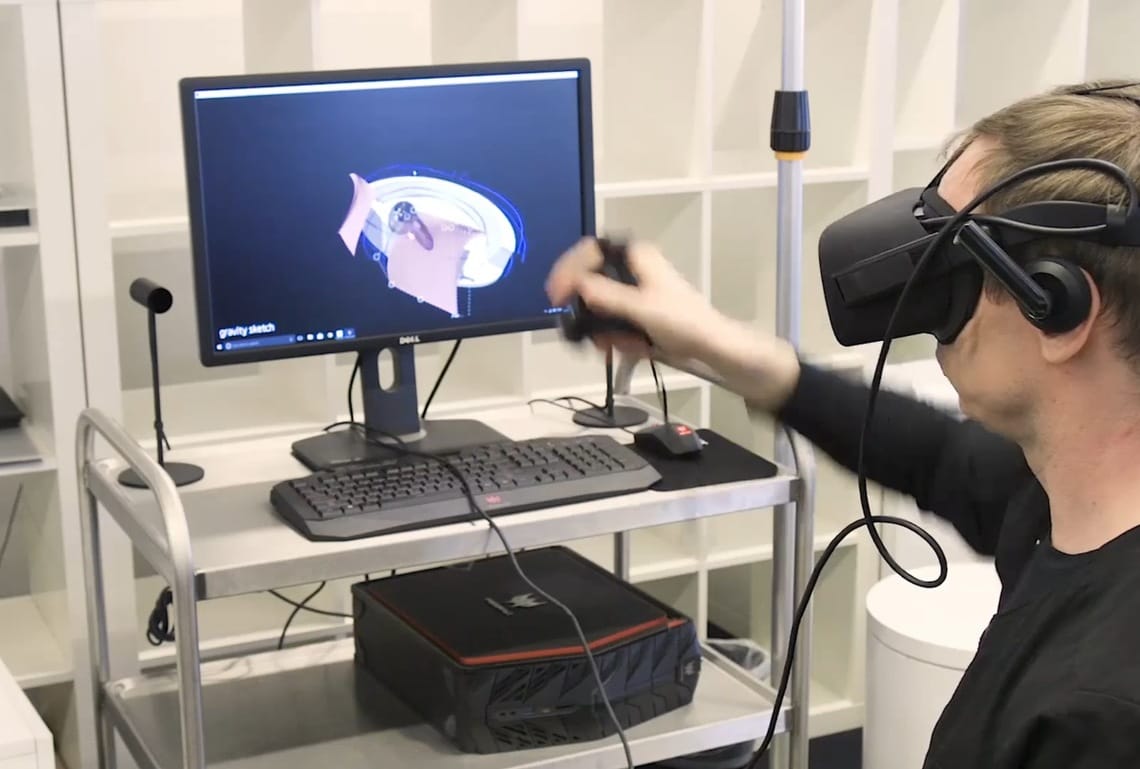
But VR isn’t the only technology that Zaha Hadid has embraced. Grasshopper, the visual programming language and environment built into McNeel’s Rhino software, is a natural fit for Zaha Hadid’s iconic parametric designs, and its accessibility means that everyone can contribute design ideas.
“Grasshopper lowers the bar for pretty much everyone that wants to jump into scripting, whether you know programming or not,” Jose said. “Luckily, pretty much everybody in the office has a decent knowledge of Grasshopper. Some people are very good at it in the office and, just like Maya did, this brings new ideas.”
Jose has made it even easier to work with Rhino. “Over the past four years, we've developed a number of scripts that basically allow us to automate our production a little. For example, I press a button in Grasshopper and Grasshopper creates UVs and clusters meshes together ready for real-time. We are lazy people and we hate doing the same thing over and over again. So we invest twice the time to do a script and then don't worry about it again.”
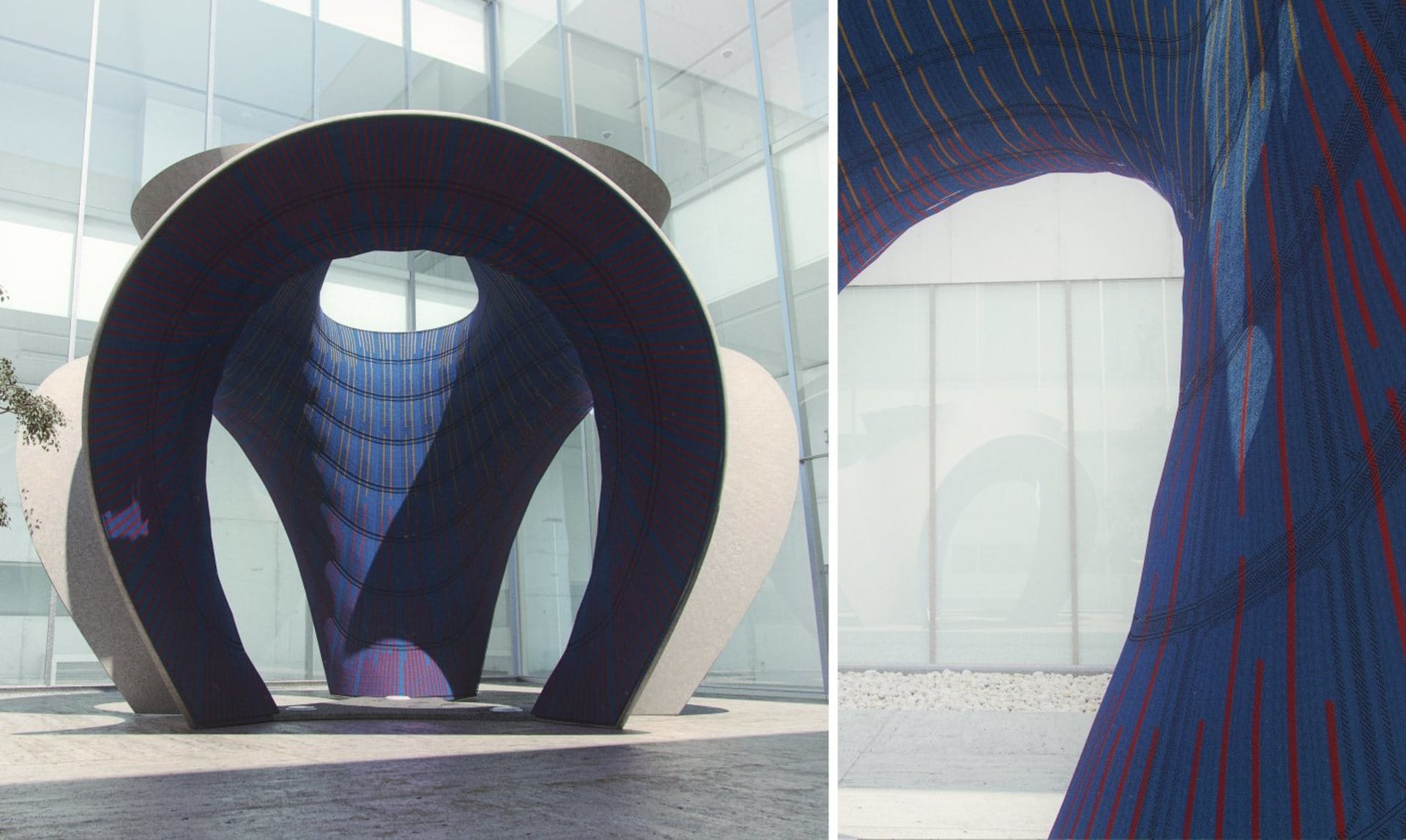
Parametric workflows and the future
As a data-driven studio, it’s important that Zaha Hadid makes use of the latest V-Ray features, including distance textures. “Something that has helped us to keep a certain parametric workflow in V-Ray is a lot of procedural textures, or textures that work with data, for example, distance textures,” said Marko.
“They help because, for example, in masterplans, if you have a flower bed in the city, we don't necessarily need to model it as geometry; we export a line or a face and then use the distance texture to make the bed and all the details around it, so we can have the objects quite abstract in the viewport of what we want to represent later in the rendering. We also use vertex colors a lot. And that's really amazing”
As for future tech, Jose is super excited about the prospect of real-time ray-traced rendering. “I would like to see where it is a year from now and two years from now. It has the potential to be a game-changer because it allows you — when you're in the design process and not looking for an end product that has to comply with a certain performance — to immediately go in and have a semi-photorealistic result.”
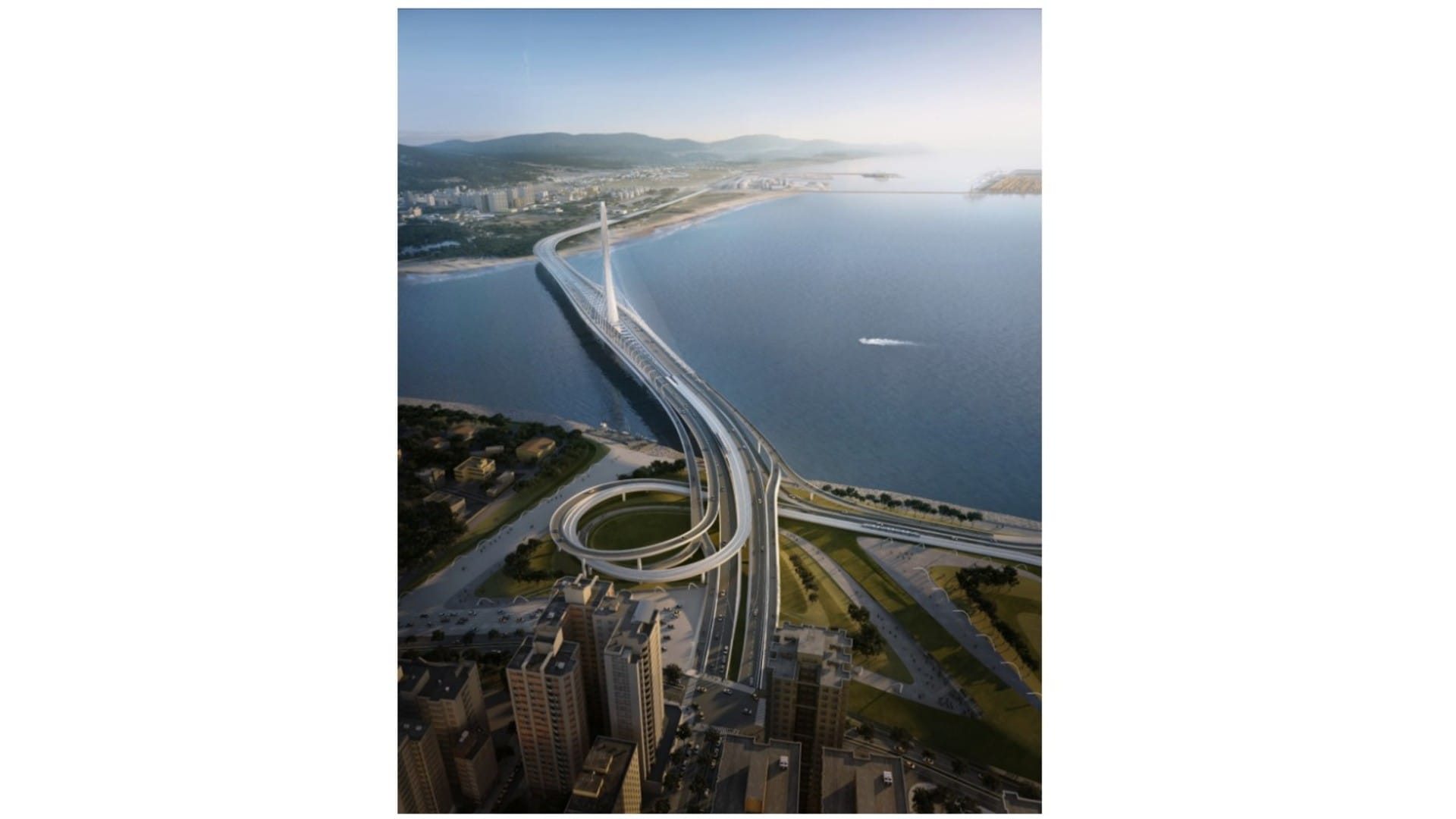
Want to see how V-Ray can boost your architecture pipeline? Try V-Ray free for 30 days.




